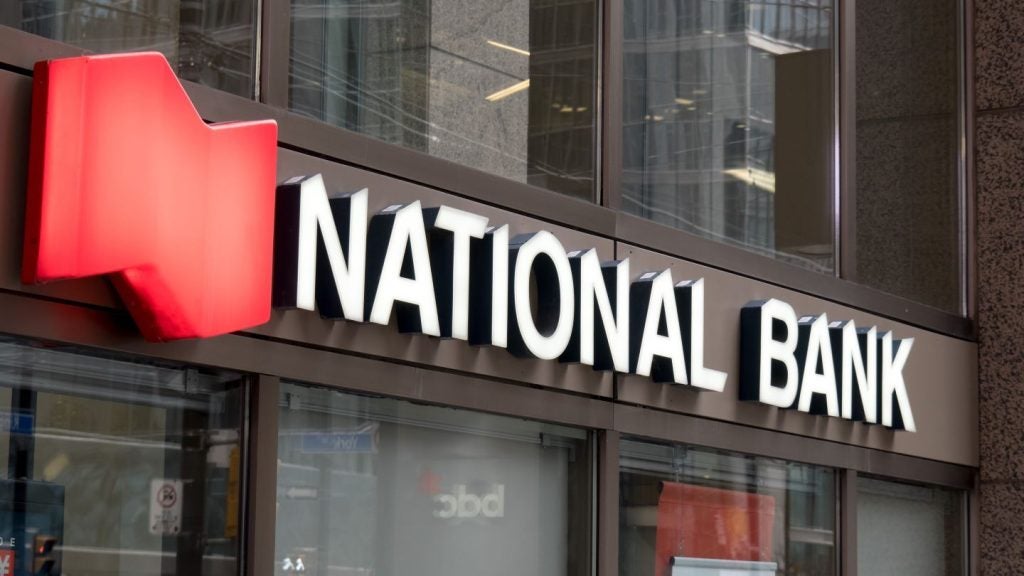Do you think you come across well? Would you stake your reputation on it?
Research into US banks suggests that they are viewed poorly and have much
ground to make up. Online management is crucial. Patrick Brusnahan reports
Enterprise reputation platform Reputation.com has released its 2019 Retail Banking Reputation Report, which provides analysis of retail banking locations.
It found that the average Reputation Score for retail banks is significantly lower than for other industries – in everything from online sentiment to review-response rate. The Reputation Score is made through a number of factors, including average star ratings on review websites, review volume, social media comments and survey feedback.
The score is then expressed as a number between zero and 1,000. The average Reputation Score for all banks included in the analysis was just 341, compared to 515 for retail, 570 for automotive and 558 for property management.
Capital One had the highest overall Reputation Score (405), followed closely by TD Bank (374), Chase Bank (370), US Bank (369) and Fifth Third Bancorp (362). Comerica Bank (261), Citizens Bank (252) and M&T Bank (235) ranked lowest.
Reputation.com CEO Joe Fuca says: “By routinely analysing Reputation Score and reading and responding to online reviews in a timely manner, retail banks can manage their customer sentiment much more effectively, ultimately improving their online reputation.
How well do you really know your competitors?
Access the most comprehensive Company Profiles on the market, powered by GlobalData. Save hours of research. Gain competitive edge.

Thank you!
Your download email will arrive shortly
Not ready to buy yet? Download a free sample
We are confident about the unique quality of our Company Profiles. However, we want you to make the most beneficial decision for your business, so we offer a free sample that you can download by submitting the below form
By GlobalData“This is critical in today’s feedback economy, in which consumers play a powerful role in shaping a business’s reputation and, ultimately, determining its success.”
The lower industry average score for retail banking was attributed to a low volume of online reviews. In addition, there were low review-response rates.
The report found that all 23 banks sustained low review volume throughout the four-year analysis period, and that played a crucial role in bringing down the industry’s average Reputation Score. Simply requesting and responding to reviews may be the first step in improving scores.
“A high volume of reviews provides a more representative sample of the true customer experience the bank delivers,” adds Fuca.
“Additionally, high review volume increases star ratings and Google search rankings, improving overall Reputation Score and helping consumers find and choose your business over competitors.”
For example, US Bank had a 66% response rate over the year and placed fourth in the rankings for banks; however, KeyBank had an even higher response rate (87%) but finished 10th. A large majority did not even bother to respond to reviews.
Furthermore, banks are getting worse. The average star ratings for retail banks have dropped significantly since 2015 among some of the best-known banking brands. For example, in 2015, PNC Bank clocked in with an average rating of 3.7; by 2018, that rating dropped to just below 3.2.
Bank of America was at 2.8 in 2015, and dropped to 2.2 by 2018. No bank received a rating higher than 3.7 in any category in 2018.
“As this and other reports indicate, optimising the customer experience at physical locations and online is a vital strategy for gaining competitive advantage,” says Michael Fertik, founder and former CEO at Reputation.com.
“Monitoring your Reputation Score is the key to gaining the insights you need to address customer experience shortfalls, standardise on what’s working across your organisation, and improve how customers experience and feel about your brand.”







